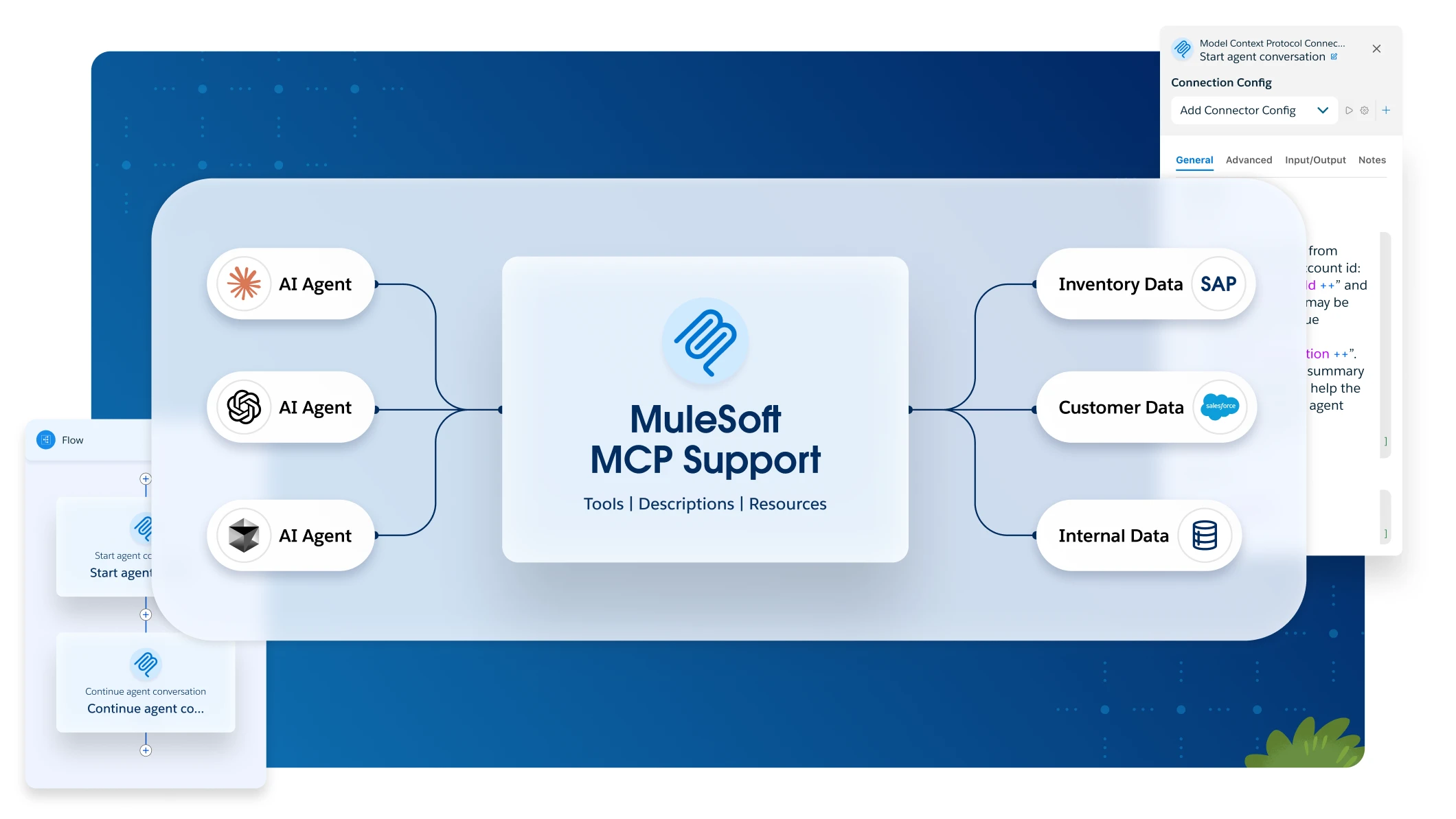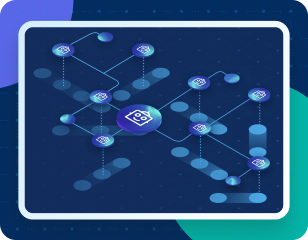Migrating an organization from MuleSoft Government Cloud to Commercial Cloud is a major undertaking, requiring careful consideration of business, technical, and operational factors. To understand the implications fully, we’ll discuss why consider transitioning, the tradeoffs, and potential challenges.
For use cases not bound by stringent FEDRAMP compliance, Commercial Cloud offers greater flexibility in integration strategies. Without the stringent FEDRAMP compliance constraints, a broader array of solutions can be implemented more rapidly.
Why migrate from Government to Commercial Cloud?
Migrating from Government to Commercial Cloud requires understanding Government Cloud limitations, which aren’t typically present in Commercial Cloud operations. Government Cloud is designed to meet stringent compliance and security requirements, such as FedRAMP and DoD IL5. These regulations impose strict data access controls, specialized support case handling protocols, and mandatory encryption standards, ensuring the highest levels of data protection for sensitive government information.
Additionally, certain features commonly found in Commercial Cloud environments are either limited or unavailable in Government Cloud. These include:
- Advanced search capabilities that leverage sophisticated algorithms for comprehensive data retrieval
- Robust mapping and geolocation services crucial for location-based applications
- Comprehensive mobile analytics for understanding user behavior on mobile platforms
Deployment and integration constraints, such as interoperability issues with a wider range of third-party systems and network access limitations, further differentiate Government Cloud from its commercial counterpart, often resulting in more complex and time-consuming integration projects.
Government Cloud often lacks the flexibility and customization options readily available in Commercial Cloud. Customization is significantly constrained by the need to adhere to strict security protocols and compliance mandates. The use of third-party applications from platforms like Anypoint Exchange requires rigorous compliance with federal regulations, which significantly limits the range of available tools and applications that can be integrated.
While Government Cloud undeniably provides a secure and compliant environment for government agencies, these limitations collectively highlight the compelling advantages of migrating to Commercial Cloud, which offers greater functionality, enhanced flexibility, and significantly improved ease of integration.
Government Cloud limits flexibility, customization, and third-party app integration due to strict security and compliance. This highlights Commercial Cloud’s advantages: greater functionality, flexibility, and integration. Commercial Cloud also offers competitive pricing and better cost efficiencies.
Government Cloud’s dedicated servers and extensive security checks cause increased latency. MuleSoft Commercial Cloud is ideal for organizations seeking to streamline operations, reduce costs, and enhance efficiency and innovation, especially when FedRAMP compliance isn’t needed, offering more features, faster deployment, and better integration.
Business considerations before migrating
When planning to migrate from Government Cloud to Commercial Cloud, there are several business considerations to keep in mind to ensure a smooth transition:
- Compliance and regulatory requirements: Gov Cloud environments are designed to meet stringent government regulations, so you need to ensure that Mule Commercial Cloud can meet regulatory standards. This might involve conducting a thorough compliance audit and working closely with your legal and compliance teams.
- Data security and privacy: Your migration process should include robust data encryption and secure transfer protocols to protect sensitive information. It’s also important to review and update access controls and user authentication so they align with the commercial cloud’s security policies.
- Cost implications: Migrating to a commercial cloud can offer cost savings through scalable resources and reduced infrastructure maintenance. However, it’s essential to conduct a cost-benefit analysis to understand the long-term financial impact, including potential hidden costs. From a business perspective, you’ll need to evaluate the potential ROI for the migration and assess the cost implications of the migration process itself, including any potential downtime and the resources required for a successful transition.
- Operational continuity: Minimize business disruption and ensure continuity by creating a detailed migration plan with timelines, resources, and contingencies. Address potential downtime, keep critical functions operational, engage stakeholders, and train staff for a smooth transition.
Technical considerations
Migrating to a commercial cloud requires a thorough assessment of your existing infrastructure. Start by cataloging all applications, databases, and services to understand interdependencies and suitability for cloud migration. This will help identify all current system dependencies.
- Examine your systems: You need to examine your operating systems, middleware, and any third-party integrations to determine if there’s a need to replatform or rearchitect anything. Don’t forget to also review all existing licensing agreements to confirm their compatibility with cloud environments.
- Create a data migration strategy: A robust data migration strategy is crucial for secure and efficient data transfer, encompassing sensitive data classification, method selection (online, offline, hybrid), integrity validation, and rollback plans. Integrating archiving and retention policies ensures compliance. Tool choice (native or third-party) minimizes downtime and ensures a seamless transition.
- Network infrastructure impact: Prioritize network readiness by assessing bandwidth requirements, optimizing for low latency, and establishing secure connections using Virtual Private Clouds (VPCs) and Direct Connect. Implement comprehensive encryption for both data in transit and at rest. Strengthen access control with Identity and Access Management (IAM). Review and configure your firewalls, Intrusion Detection/Prevention Systems (IDS/IPS), and network segmentation to align with cloud security best practices.
Operational considerations
Operationally, the migration process from Government Cloud to Commercial Cloud mandates meticulous planning and coordination across all departments and stakeholders. A detailed migration plan is a necessity; it should outline every step, include realistic timelines, and explain what resource allocation looks like (e.g. personnel, budget, tech stack, etc.).
This plan also needs comprehensive contingency measures and robust rollback strategies to address potential issues or complications that may arise during the migration, ensuring business continuity and data integrity. Regular progress monitoring, risk assessments, and iterative adjustments to the plan based on real-time feedback are also critical components of a successful operational migration.
Beyond the technical aspects, training and support are equally crucial for a seamless and successful transition. Employees must receive adequate and ongoing training on the new commercial cloud environment, covering not only the technical functionalities but also best practices for data security, compliance, and efficient utilization of cloud-native tools. This may involve providing access to a multi-faceted training program, including interactive workshops, self-paced online modules, and readily available dedicated training resources.
To make sure everyone gets on board and stays productive, you’ll need to set up great support. Think of a go-to help desk, an easy-to-search knowledge base, and even some resident experts. This way, employees can get their questions answered quickly, making the switch smooth, minimizing any headaches.
Tradeoffs and challenges
While migrating to a Commercial Cloud offers significant advantages, it also presents challenges.
- Downtime: A key concern is potential downtime during the transition. Because of this, developing robust strategies to maintain continuous operations and minimize business disruption is essential.
- Data loss or corruption: Data loss or corruption during migration poses another challenge. To mitigate this risk, it is critical to implement robust data backup and recovery measures.
- Organizational change/cultural shift: Managing organizational change represents a substantial challenge. Moving to a new cloud environment necessitates a cultural shift within the organization. Employees must be willing to adapt to new processes and technologies, which can be a considerable hurdle requiring proactive management.
Transition planning
At the time of writing, Government Cloud does not support CloudHub 2.0. This is a critical consideration for organizations planning to migrate from Government Cloud to Commercial Cloud.
Migration considerations
CloudHub 2.0 introduces several fundamental infrastructure changes, such as the adoption of private spaces in lieu of VPCs. It is important to note that some features available in CloudHub 1.0 may not be supported in CloudHub 2.0; for instance, VPC peering and direct connect are deprecated.
Applications may exhibit different behaviors due to changes in how resources are managed and allocated in CloudHub 2.0. Organizations must thoroughly test their applications within the new environment to ensure compatibility and optimal performance.
Flex Gateway Support
Flex Gateway support is not yet implemented in the Government Cloud. This implies that organizations reliant on Flex Gateway will need to await future updates before fully leveraging CloudHub 2.0, a significant factor for those depending on its advanced features and capabilities.
Disaster recovery
When compared to Government Cloud’s CloudHub 1.0, MuleSoft CloudHub 2.0 in the commercial cloud provides enhanced Disaster Recovery (DR) functionalities.
This improvement stems from CloudHub 2.0’s inherent design, which leverages Kubernetes for orchestration and containerization. Its architecture allows for automatic failover and self-healing of applications across multiple availability zones and regions, significantly reducing recovery time objectives (RTO) and recovery point objectives (RPO).
Unlike CloudHub 1.0, where DR often required more manual configurations and external tooling, CloudHub 2.0 provides a more integrated and automated approach to ensure business continuity, enabling organizations to maintain high availability and resilience in their critical integrations within the commercial cloud environment.
Deployment and testing
A well-executed transition plan is crucial for a successful migration to MuleSoft Commercial Cloud. Close collaboration with your Development team is essential to rectify incorrect properties referencing the Government Cloud, thus ensuring a seamless deployment. Coordination with both Development and Security teams is also required to update internal DNS server entries and DNS lookup resolutions.
Furthermore, providing explicit instructions on updating ingress mapping for each migrated application will effectively address any URL mapping challenges. By proactively tackling these critical considerations, your organization can guarantee a smooth and efficient migration to MuleSoft Commercial Cloud.
Strategies for a smooth transition to Commercial Cloud
Transitioning from Government Cloud to Commercial Cloud is a momentous undertaking presenting both compelling advantages and considerable complexities. A thorough understanding of the motivations (cost optimization and enhanced flexibility) is fundamental. That said, it’s equally critical to meticulously plan for the business, technical, and operational facets, proactively addressing potential downtime, ensuring data integrity, and navigating the necessary organizational and cultural shifts.
Ultimately, a successful transition hinges on your comprehensive assessment, diligent planning, and agile management of change, enabling your organization to fully capitalize on the strategic advantages offered by the Commercial Cloud.









